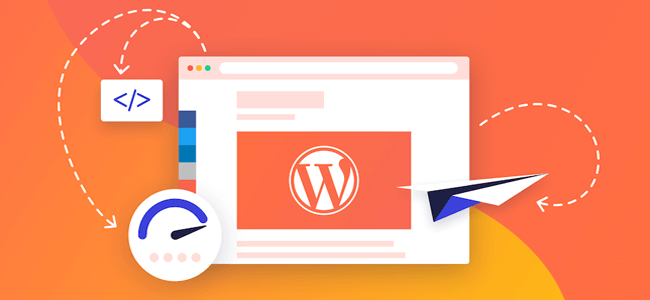Maintaining and updating your website is crucial for ensuring optimal performance, security, and user experience. In today’s dynamic digital landscape, where technology and user expectations are constantly evolving, regular maintenance and updates are essential to keep your website running smoothly and effectively. In this article, we’ll explore the importance of website maintenance and provide actionable tips on how to keep your website up-to-date for optimal performance.
Importance of Website Maintenance
- Security: Regular maintenance helps to safeguard your website against security threats such as malware, hacking attempts, and data breaches. By keeping software, plugins, and frameworks updated, you can patch security vulnerabilities and protect sensitive information from unauthorized access.
- Performance: Over time, websites can accumulate unnecessary files, code bloat, and outdated content, leading to decreased performance and slower loading times. Maintenance tasks such as optimizing images, cleaning up code, and removing redundant plugins can improve site speed and responsiveness, enhancing user experience and search engine rankings.
- Compatibility: As technology evolves, so do web browsers, devices, and operating systems. Regular maintenance ensures that your website remains compatible with the latest browser versions and device configurations, preventing rendering issues, layout errors, and functional discrepancies that could deter users from accessing your site.
- SEO Benefits: Search engines favor websites that are regularly updated with fresh, relevant content and adhere to best practices for performance and user experience. By maintaining and updating your website consistently, you can improve search engine visibility, attract more organic traffic, and stay ahead of competitors in search engine rankings.
Tips for Website Maintenance and Updates
- Backup Your Website: Before making any updates or changes to your website, it’s essential to create a backup of your files and database. This ensures that you have a copy of your website’s data in case anything goes wrong during the maintenance process, allowing you to restore it quickly and minimize downtime.
- Keep Software Up-to-Date: Regularly update your website’s content management system (CMS), plugins, themes, and other software components to the latest versions available. Most updates include security patches, bug fixes, and performance improvements that help keep your website secure and running smoothly.

- Monitor Website Performance: Use web analytics tools to monitor your website’s performance metrics, including page load times, bounce rates, and conversion rates. Identify areas for improvement and prioritize optimization efforts to enhance user experience and achieve your business goals.
- Optimize Images and Multimedia: Large images and multimedia files can significantly impact your website’s loading speed and performance. Compress images, optimize file formats, and use lazy loading techniques to prioritize the loading of essential content and improve overall page speed.
- Review and Update Content: Regularly review and update your website’s content to ensure accuracy, relevance, and freshness. Remove outdated information, fix broken links, and add new content to keep visitors engaged and informed. Consider incorporating blog posts, articles, case studies, and other types of content to provide value and attract visitors to your site.
- Check for Broken Links and Errors: Use website auditing tools to scan for broken links, missing pages, and other errors that could negatively impact user experience and SEO. Fix broken links, update redirects, and resolve errors promptly to maintain a seamless browsing experience for visitors and improve search engine rankings.
- Enhance Website Security: Implement security measures such as SSL certificates, firewalls, and malware scanning to protect your website from cyber threats. Regularly monitor security logs, conduct security audits, and enforce strong password policies to mitigate risks and prevent unauthorized access to your website.
- Test Across Different Devices and Browsers: Ensure that your website displays and functions correctly across various devices, screen sizes, and web browsers. Perform cross-browser testing and device testing to identify compatibility issues and address them proactively to provide a consistent experience for all users.
In conclusion, maintaining and updating your website is essential for ensuring optimal performance, security, and user experience. By following best practices for website maintenance and regularly updating your content, software, and security measures, you can protect your website against security threats, improve performance and loading times, and attract more visitors through improved search engine rankings. Make website maintenance a priority in your digital strategy and allocate time and resources to keep your website running smoothly and effectively for years to come. With proactive maintenance and updates, you can stay ahead of the curve and provide a seamless browsing experience that keeps visitors coming back for more.




